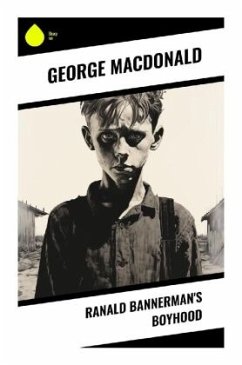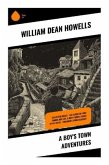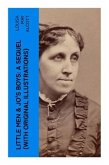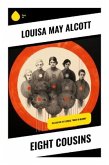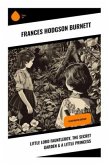In "Ranald Bannerman's Boyhood," George MacDonald crafts a poignant narrative that captures the essence of childhood through the eyes of a Scottish lad in the 19th century. MacDonald employs a lyrical, descriptive style that resonates with the Romantic literary tradition, intertwining elements of fantasy and realism while exploring themes of innocence, friendship, and moral growth. The novel is set against the lush backdrop of the Scottish Highlands, immersing readers in the rich cultural landscape that informs the protagonist's experiences and character development. George MacDonald, a pioneering figure in children's literature and a precursor to the fantasy genre, drew upon his own Scottish heritage and deep appreciation for nature in shaping this story. His profound Christian beliefs and emphasis on moral integrity are evident throughout the novel, reflecting MacDonald's desire to instill virtues in young readers while simultaneously providing them with a sense of wonder through imaginative storytelling. His intricate narrative imbues a universal resonance, allowing readers of all ages to relate to Ranald's struggles and triumphs. "Ranald Bannerman's Boyhood" is highly recommended for those enamored with classic literature, weaving together vivid imagery and thought-provoking themes. It promises not only to entertain but to inspire introspection on the nature of childhood, friendship, and the moral lessons that resonate throughout our lives.
Bitte wählen Sie Ihr Anliegen aus.
Rechnungen
Retourenschein anfordern
Bestellstatus
Storno

